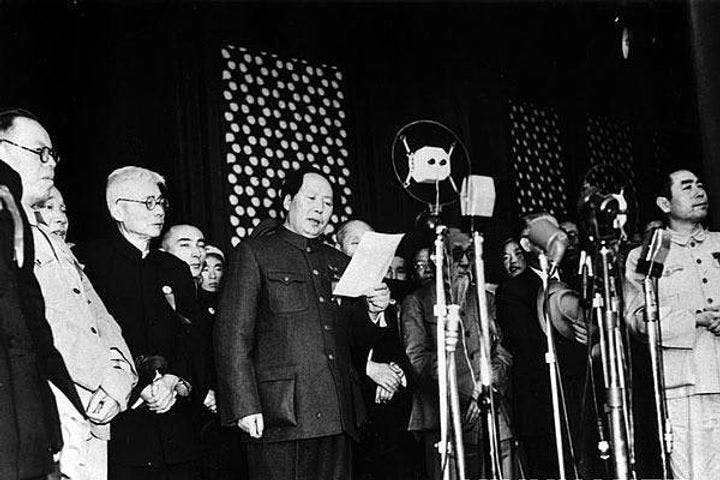Fall 2007
China’s Sex Deficit
– The Wilson Quarterly
Even before the edvent of compulsory birth control and sterilization measures, Chinese women bore far fewer children than their European counterparts. The leading cause: less sex.
Long before the advent of compulsory birth control and sterilization measures, the typical Chinese married woman bore 35 percent fewer children than did her European counterpart. For more than 30 years, scholars have argued over why. William Lavely, a professor of international studies and sociology at the University of Washington, minimizes the usual scholarly speculation about faulty data, widespread malnutrition, or the practice of voluntary “sexual restraint.” Traditional Chinese cultural and child-rearing practices explain the differences, he says.
Before modern birth control measures were developed, Chinese wives gave birth to between five and six children during their lifetime; their European counterparts, between eight and nine. Many scholars believe that, historically, Chinese couples simply had sex less often than couples in the West—a pattern that continues to the present day. The “average coital frequency of married women of reproductive age is between four and five times per month for China as compared to around seven or more times per month for European societies,” Lavely writes, citing government surveys. Moreover, before the 20th century, a married couple would have their first child later in the East than in the West. The custom of arranged marriage in China bound together couples who were strangers on their wedding night and installed the bride in the unfamiliar home of her mother-in-law. Traditional arranged marriages began with an “awkward, uncomfortable period and low levels of intercourse,” according to sociologists Ronald R. Rindfuss and S. Philip Morgan.
Cultural practice and belief also served to lessen the number of children born during pre-modern times to Chinese women, nearly all of whom married, many at age 17 or 18. (By contrast, up to 25 percent of European women never married at all, and many of those who did waited until their early to mid-twenties, Lavely says.) Chinese Taoist cultural leaders historically considered sex potentially debilitating, particularly for men. The idea that “giving rein to passion will lead to illness and can impair longevity” is a centuries-old belief that is repeated in a Shanghai sex education manual in circulation today.
Despite their early start, and their near-universal participation in marriage, Chinese women’s fertility rate was much lower than that of European women in part because of their child-rearing practices. Chinese mothers typically nursed their babies on demand for about two years, and such frequent breastfeeding tends to extend the periods of amenorrhea following childbirth. Solid food usually wasn't introduced for a year, while European babies might be fed gruel as soon as two months after they were born, a practice that led to earlier weaning and more frequent pregnancies.
Lavely says that the historic Chinese fertility rate was “probably fairly typical” of premodern agrarian societies, and that Europeans are likely the libido outliers.
* * *
The Source: "Sex, Breastfeeding, and Marital Fertility in Pretransition China" by William Lavely, in Population and Development Review, June 2007.
Photo courtesy of Wikimedia Commons
